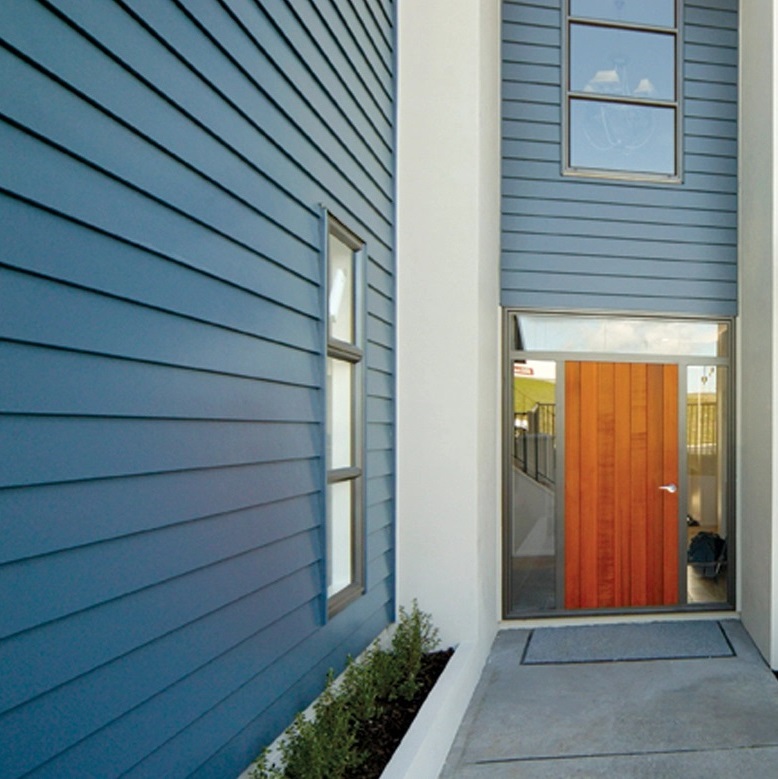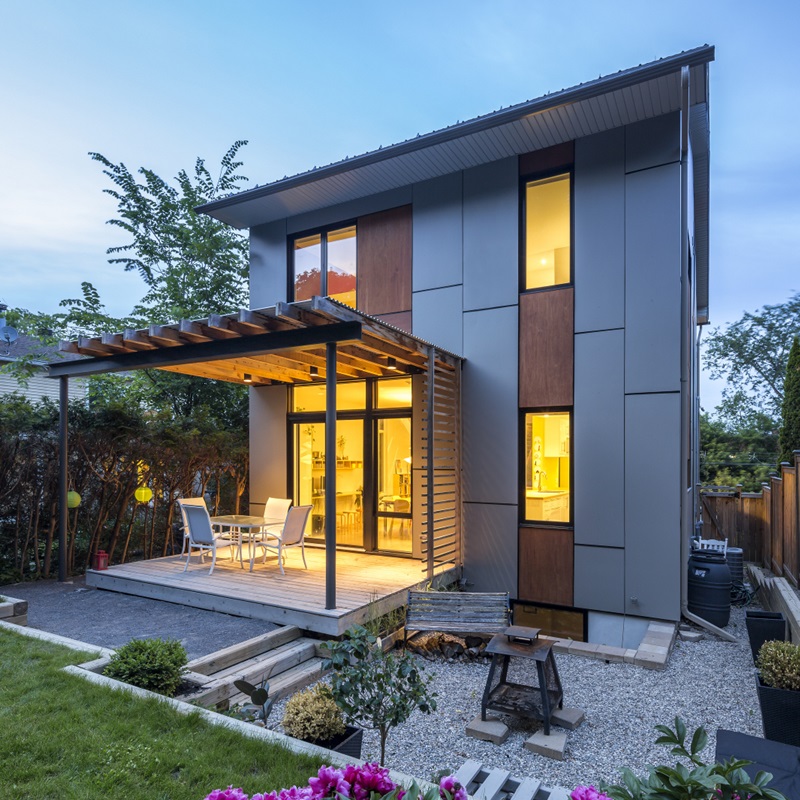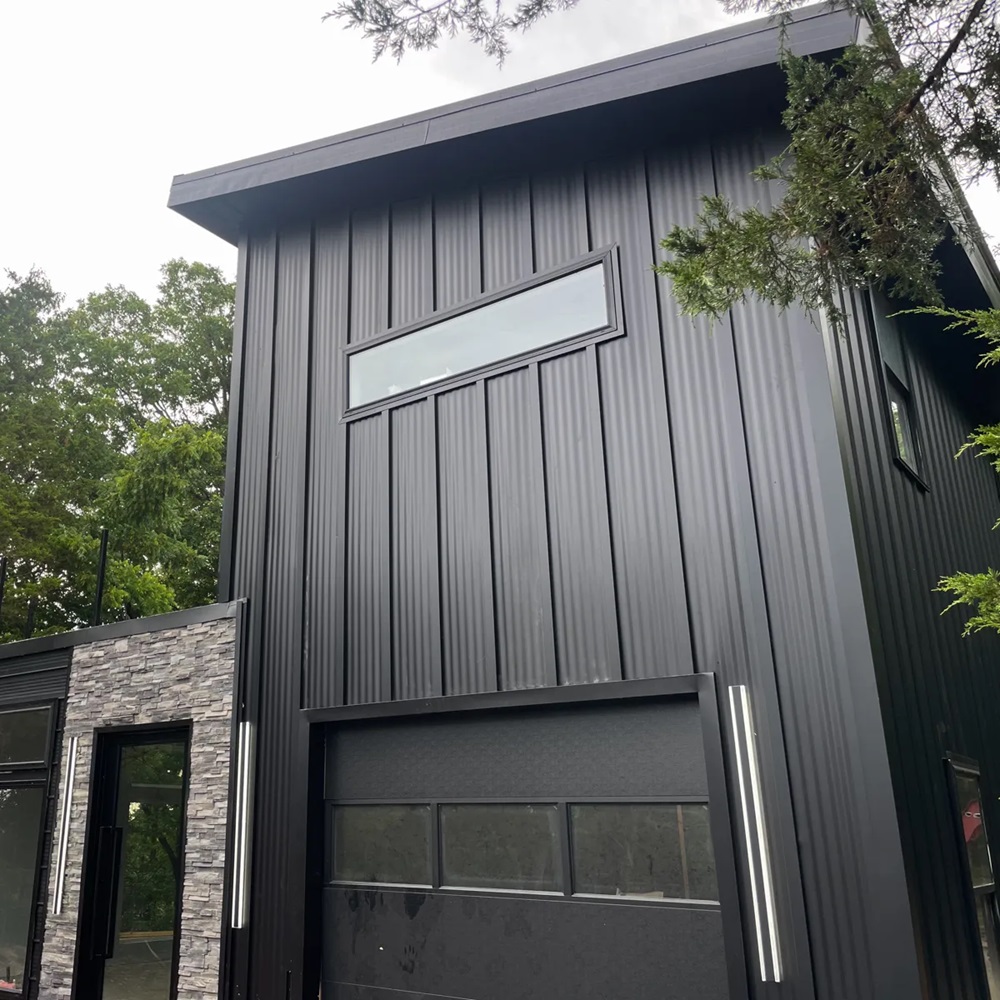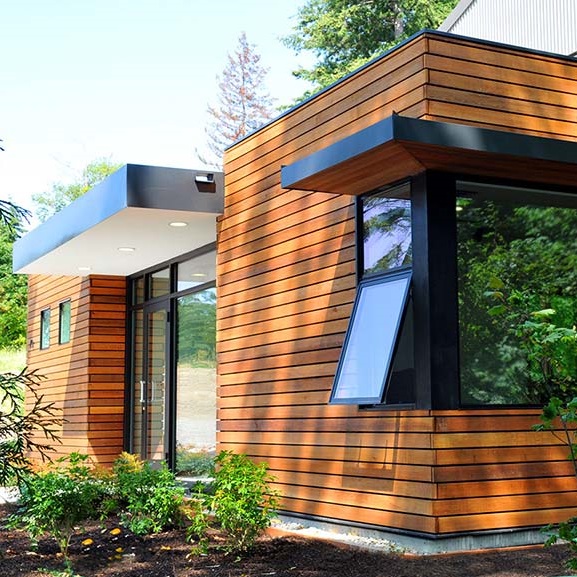Our services
Siding
Your home’s exterior is your first line of defense—and first impression. At Up-Struct Roofing, our experienced siding contractors provide expert installation and replacement services to protect and beautify your house. Whether you’re looking to upgrade old materials or boost your curb appeal, we deliver results that last.

As trusted local siding contractors in the Seattle, WA area, we offer a range of durable, weather-resistant options to suit every style and budget. From modern vinyl to sleek aluminum, we help you choose the best solution for your residential needs. Every detail is handled with care to ensure seamless integration with your roofing and gutters.
Old or damaged roofing doesn’t just look bad—it can lead to moisture issues, drafts, and higher energy bills. Our team ensures proper installation for long-term protection and insulation. We’re proud to be a local contractor serving homeowners who value quality, transparency, and craftsmanship.
At Up-Struct Roofing, our goal is to make your home both beautiful and efficient. With competitive pricing, honest service, and years of experience, we’ve earned our reputation as one of the most reliable contractors in the region.
Let us help you transform your exterior. Contact us today for a free estimate and see why homeowners trust us as their local contractors for lasting results.
Contact Us Today
When do I need a siding replacement?
Siding typically need replacement every 20 to 25 years. Key signs that it’s time for a new siding include:
01.
Water damage or leaks
We quickly detect and fix leaks, preventing further damage and keeping your home safe.
02.
Visible Cracks or Warpingling
Cracks, warping, or gaps in the siding can indicate damage or structural problems, allowing moisture to enter and cause further issues
03.
Fading or Peeling Paint
Siding that fades quickly or has peeling paint may not be protecting your home well, signaling it’s time for replacement.
04.
High Energy Bills
Rising energy costs can mean your siding isn’t insulating as well as it used to, possibly due to gaps or weakened material.
05.
Rotting or Soft Spots
Wood siding with visible rot or soft spots has been compromised, making it susceptible to more extensive damage if not replaced.
06.
Mold, Mildew, or Fungus
These growths, especially around seams or joints, can be signs that moisture is trapped behind the siding.
Siding Types
Our estimators will help you choose the ideal siding type that fits your home and budget. We offer four options for residential siding for your replacement project:
roof replacement

James Hardie Lap Siding
Price:
$
Estimated Lifetime:
30 – 50 years
Recommended Maintenance:
Inspect annually; repaint every 10-15 years; clean with mild soap and water
Design Features:
- Traditional look;
- Available in various colors, textures and finishes;
- Highly durable and weather-resistant

James Hardie Panel Siding
Price:
$$
Estimated Lifetime:
30 – 50 years
Recommended Maintenance:
Inspect annually; repaint every 10-15 years; clean with mild soap and water
Design Features:
- Modern or contemporary appearance;
- Available in various colors, textures and finishes;
- Highly durable and weather-resistant

Metal Siding
Price:
$$$
Estimated Lifetime:
40 – 70 years
Recommended Maintenance:
Hose off annually; touch-up scratches; may need rust prevention in humid climates
Design Features:
- Sleek, industrial look;
- Customizable with multiple colors and finishes;
- Can mimic wood patterns
- Most durable and weather-resistant

Cedar Siding
Price:
$$$-$$$$
Estimated Lifetime:
20 – 40 years
Recommended Maintenance:
Inspect yearly; stain or seal every 3-5 years; more frequent cleaning to prevent mold
Design Features:
- Natural wood look;
- Rich textures;
- Options include shakes, shingles, and lap for rustic or modern appeal
Frequently
Asked Questions
The cost to replace roofing on a 1000 sq ft home typically ranges from $5,000 to $12,000, depending on the material used (like vinyl or aluminum), labor, and any necessary repairs. Vinyl tends to be one of the most affordable options, while premium materials like fiber cement may cost more.
Look for licensed, local contractors with strong reviews, transparent pricing, and experience in your area’s climate. Ask about warranties, materials used, and if they offer full exterior solutions like roofing and gutters to ensure seamless protection for your home.
Fiber cement and engineered wood are among the most durable, often lasting 30 to 50 years with proper care. Vinyl is also long-lasting (20–40 years) and requires minimal maintenance, making it a popular choice for residential homes.
Most materials last between 20 and 40 years, depending on the type and local weather conditions. If you notice cracks, warping, fading, or higher energy bills, it may be time to consider a replacement.
While vinyl is affordable and low-maintenance, it can fade over time, crack in extreme temperatures, and may not offer the same premium look as natural materials. Proper installation is key to maximizing its lifespan and performance.
Homeowners insurance may cover replacement if the damage is caused by a covered event, such as a storm, fire, or hail. Damage due to age, neglect, or general wear and tear is typically not covered. Always check your policy or speak with your provider for details.







